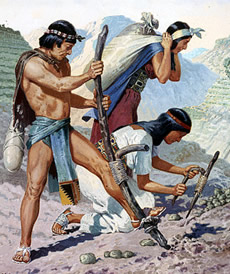DP2 REVISION CHECKLIST FUNCTIONS AND EVOLUTION OF HRM
DP2 REVISION
CHECKLIST FUNCTIONS AND EVOLUTION OF HRM
·
HR planning is a strategy to ensure that employees are
selected, used and developed in the most effective way.
·
Labour turnover is the movement of employees in and
out of a business over a given period of time.
·
HR planning can be influenced by both internal and
external factors.
·
The most common steps in the process of recruitment
are identification, application and selection.
·
On-the-job training takes place as part day-to-day
work. It is usually let by an experienced employee who can act as a mentor to
the trainee.
·
Off-the-job training allows employees time off work to
attend external training.
·
Cognitive training is not focused on a particular
aspect of the business but helps employees to develop their thinking skills.
·
Behavioural training helps employees develop
interpersonal and intrapersonal skills.
·
Appraisals allow employees and their employers to
review performance during a given timeframe. The main methods are: formative,
summative, 360 degrees and self-appraisal.
·
Employees may leave a business due to termination,
dismissal or redundancy.
·
As working practices and patterns have changed,
businesses have to adapt their HR strategies.
·
Outsourcing occurs when organizations contract other
organizations to carry out certain functions, allowing them to concentrate on
core activities.
·
Offshoring is when functions are outsourced to another
country, perhaps because labour is cheaper or production is quicker.
Source:
Lomine, L., Murchena,
M., Pierce, R. (2014). The Functions and Evolution of Human Resource
Management, Oxford Press, Business
Management (p.115), Oxford, United Kingdom: Oxford Press.

Comments
Post a Comment